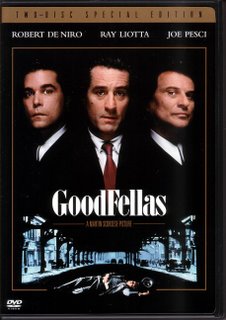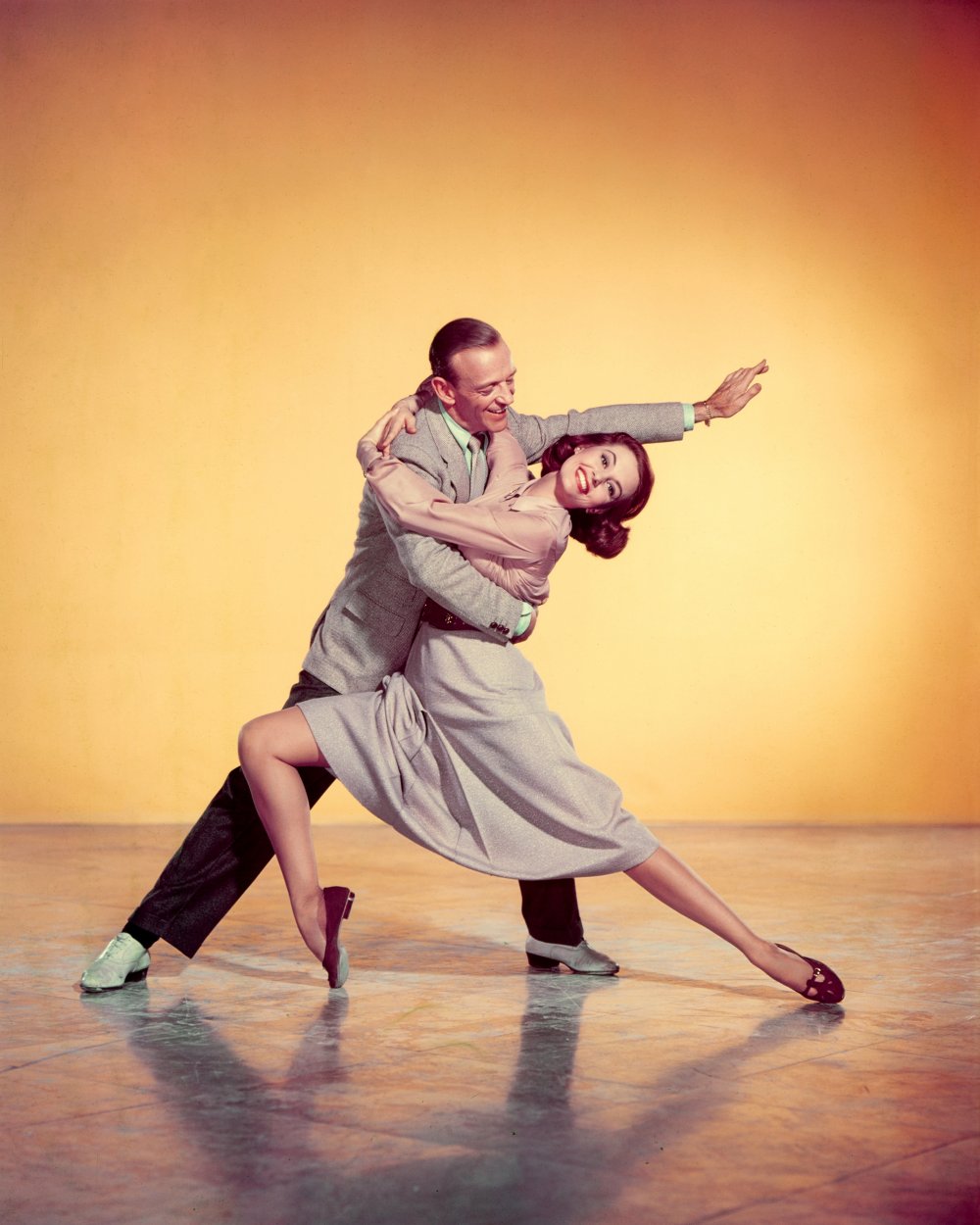
https://www.theringer.com/movies/2021/12/9/22824332/best-movie-soundtracks-ranking
Soundtrack refers to the collection of songs and musical arrangements played during a movie or television show.
A soundtrack can include original songs with lyrics written specifically for the programme, as well as popular songs or instrumental music without words or singing. But the music is not the only element of the sountrack as we are going to see.
1 The sound
2 Meaning of the soundtrack
3 Elements of the soundtrack
Word
Music
Noise
Silence
1 THE SOUND.
In most movies, we talk about "watching" a movie and "being spectators", terms that suggest that sound is not an important issue.
Traditionally, sound used to be considered only as a background, and, consequently, it was a secondary creative function. Indeed, until the 60s and since the appearance of the sound, in the credits only appeared the head of sound of the studio - the same in television or radio productions -, not knowing the large team that creates and recreates the sound environment of a movie.
In the current cinema, fortunately, the credits were extended for all the team and, since 1971, the "Oscars" also consider the Oscar to the Sound Mixer.
However, due to the fact that the soundtrack is built separately from the images and, therefore, can be manipulated independently converts sound into an element of great importance within cinematographic techniques.
Let's review, some of the reasons that make sound a fundamental element:
a. Create a different way of perceiving. Visual attention is accompanied by auditory attention (perception that was already created in the silent cinema in which the projections were made with orchestral or piano accompaniment).
b. Sound can condition what we perceive while watching a film (sound can even anticipate the image, "guiding" us to where we should look, generates expectations)... Even, sound endows the silence with a new value.
The sound designer, a sound engineer, is the responsible of the general sound of the film, in charge of coordinating the performance of the whole team and the different activities: selection of microphones, editing and mixing, registration of sound effects, etc.
2 MEANING OF THE SOUNDTRACK.
The sound, from its implantation in 1927, contributed to the cinema a series of possibilities:
a) It contributed to increase the feeling of "reality", the image gained with the sound in "authenticity".
b) It liberated the image of a necessarily explanatory function that could since then be limited to its expressive function. Even the word could be replaced by visual representations.
c) The possibility of juxtaposing and / or contrasting sound and image allows the creation of all kinds of symbols and metaphors.
d) The existence of sound created the possibility of including silence, indispensible in dramatic scenes.
e) It helps narrative continuity because the soundtrack is usually less fragmented than images.
f) It includes music, certainly an expressive tool that will make a huge role in the film.
g) The existence of sound also helps in ellipsis with expressive effects.
h) It can help to date the images (Scorsese, for example, in his film "Goodfellas", emphasizes the passage of time by including songs in the soundtrack of different years).

The only rule Scorsese adhered to with the soundtrack was to only use music which could have been heard at that time.
3 ELEMENTS OF THE SOUNDTRACK.
In the soundtrack there are four essential elements: words, noises, music, silence.
THE WORD.
Its most frequent use is, of course, the dialogue; but we shouldn´t forget other applications such as "voice over", (speech in the third person and without the presence of the narrator in the image). This voice over can be objective or subjective.
It is also present in song’s lyrics, which can have a purely decorative function or on the contrary, play a decisive dramatic role, either because they explain the action -Bob Dylan and the music in "Pat Garret and Billy the Kid" - , or because they advance the argument, as it happened in American musicals of the 40-50s.
![Pat Garrett & Billy the Kid [Reino Unido] [DVD]: Amazon.es: Cine y ...](https://images-na.ssl-images-amazon.com/images/I/61jDfs9FO9L._SY445_.jpg)

The dramatic use of dialogue will change, logically, depending on the genre or the plot discourse of the film. It seems logical that it is denser in intimate films, for example, than in a western of large open spaces and where the images can clearly express the action.
THE NOISE
We can distinguish two large noise groups.
On the one hand, "natural" noises, that is, all the phenomena that can be perceived in nature: wind, water, animals, thunder...
On the other hand, "mechanical" noises, that is, created outside of nature: airplanes, machines, street noise, engines ...
These noises are rarely direct reproduction of real sounds, but they are created and
selected the same as it is made with the shots, depending of its expressiveness.
The expressive effects of the noises can go from the use of them in a realistic way,
incorporating all the sounds that would reproduce the reality of the scene, or can be
used as a counterpoint, it is as a metaphor (for example, in "Miracle in Milan" De
Sica, 1950, the words of two capitalists who argue over the ownership of a piece of
ground, gradually become a bark).
Escena Milagro en Milán. Minuto 1:25
THE MUSIC
a. Types:
Original / Adapted
Diegetic / Non diegetic or incidental.
b. Functions
a. Types of Musics
Original / Adapted.
The music could be composed expressly for the film, and then we speak of ORIGINAL music. But you can also use music that was not originally created for the cinema: jazz music, classical music, songs ... this is called ADAPTED music.
Diegetic / Extradiegetic
Regardless of whether it is original or adapted, music in cinematographic discourse may arise from the action; then, the music is called DIEGETIC or narrative. In general, it uses to have a realistic role, whose function is to recreate the environment of the characters or deepen their personality, although it can also be used as a dramatic resource.
voices of characters.
sounds made by objects in the story.
music represented as coming from instruments in the story space ( = source music).
Diegetic sound is any sound presented as originated from source within the film's world.
When the music is inserted in the soundtrack to achieve certain aesthetic or functional effects, it is called EXTRADIEGETIC or incidental music (that is to say, we hear the spectators, but not the characters).
narrator's commentary
sound effects which is added for the dramatic effect
mood music
b. Functions of music
Music as an accompaniment to the image does not appear with the sound. In the silent cinema, the images were accompanied by music performed in the same projection room that had a pianist or an orchestra in charge of interpreting the score specially composed for those images.
In the same way as noise, music can play very diverse functions:
1. Rhythmic function.
-Replacing real noises (in "Alexander Nevsky" by Eisenstein the music is used
to replace the displacement of the arrows during a battle).
-Highlighting a movement or visual rhythm (a trot of horses, for example, underlined by cheerful music)
-Speeding up or slowing down the pace of action (think in sequences of persecutions, for example)
2. Dramatic reinforcement function.
Music expands and explains the image in an emotional sense: It can help to create a certain atmosphere; being a psychological counterpoint (in "Alexander Nevsky" the musical theme that identifies the Russian army - joyful and triumphant - and the one that identifies the Teutons- heavy and grotesque - are developed alternately to end up interfering in the moment of the collision of the two armies, so that we associate and characterize each other).
3. It can also have a metaphorical function; used as leitmotiv * symbolic of an idea, an obsession (the music in "The third man"), identification of something or someone (in "M", the refrain that identifies and advances the presence of the murderer)...
* Melody or theme that is identified with a place, thing or person.
The Third Man Theme
"M" de Fritz Lang sound motiv
4. Lyrical function, reinforcing and intensifying strongly lyrical moments, replacing unnecessary dialogues (think of how many times, feelings like love, hate, fear ... can be manifested through music, without the need for dialogue: we have only to remember the topic for when a couple in love walks and, without needing words, romantic music "speaks" of love between the characters).
5. Link function, sometimes its function consists mainly of joining different planes or sequences. The music, then, is incorporated into the film to emphasize the action, being a counterpoint to the images, integrating in the general, dramatic and aesthetic tone of the cinematographic work, J-cut, L-cut, etc.
THE SILENCE.
The discovery of the sound allowed the sound mixer to incorporate one of the most suggestive "noises”, the silence, which correctly used can acquire great dramatic effectiveness.
It can also be used, used autonomously, if it is considered that "the images speak by themselves".
Comments
Post a Comment